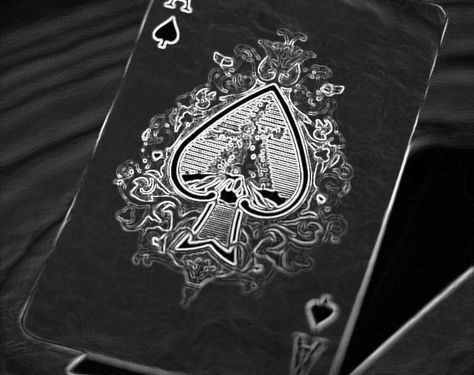Ace of Spades Playing Card
Introduction
Among the 52 cards in a deck, none is as mysterious and iconic as the Ace of Spades. Known as the “death card” or the “spadille,” it carries a unique symbolism that stretches far beyond the world of games. From history and superstition to design and popular culture, the Ace of Spades stands as the most recognizable and powerful card in the deck.
History of the Ace of Spades
The origins of the Ace of Spades date back to the 17th century in Europe. During that time, governments taxed playing cards, and the Ace of Spades was stamped to show that the tax had been paid. Because of this, the card began to feature elaborate designs, making it distinct from others in the deck.
In England, the card became a symbol of authority because the king’s stamp appeared on it. Over time, the intricate patterns on the Ace of Spades turned it into a collector’s favorite and a symbol of power and prestige.
Symbolism of the Ace of Spades
The Ace of Spades is often linked with death, fate, and good fortune. In tarot-like interpretations, the spade represents intellect, action, and change. However, the Ace’s sharp, pointed symbol has long been associated with endings — a nod to its dark and mysterious reputation.
In military history, especially during the Vietnam War, U.S. soldiers placed Ace of Spades cards on fallen enemies or in battle zones as a psychological tactic. It became a symbol of fear and death, reinforcing its “dead man’s card” image.
Design and Meaning in Modern Cards
Today, every deck of cards includes an Ace of Spades with a unique design. Card manufacturers often decorate it with company logos or artistic patterns. It’s the signature card in a deck — the one that defines the maker’s identity.
In card games like Poker and Blackjack, the Ace of Spades can represent the highest or lowest value, depending on the rules. Its versatility mirrors its symbolic meaning — power, dominance, and unpredictability.
The Ace of Spades in Pop Culture
The card’s legacy extends beyond gaming tables. It appears in movies, music, and fashion as a symbol of rebellion and luck. The famous rock band Motörhead even released a song titled “Ace of Spades” in 1980, turning it into a cultural anthem for risk-takers and outlaws.
In tattoos and artwork, the Ace of Spades often represents courage, fate, or a reminder of life’s fleeting nature. Its striking black spade shape remains one of the most recognized symbols in the world.
Conclusion
The Ace of Spades isn’t just a playing card — it’s a timeless emblem of mystery, power, and fate. From royal taxation to rock music and battlefield legends, this single card holds more meaning than any other in the deck. Whether seen as lucky or deadly, the Ace of Spades continues to captivate hearts and minds across generations.











































